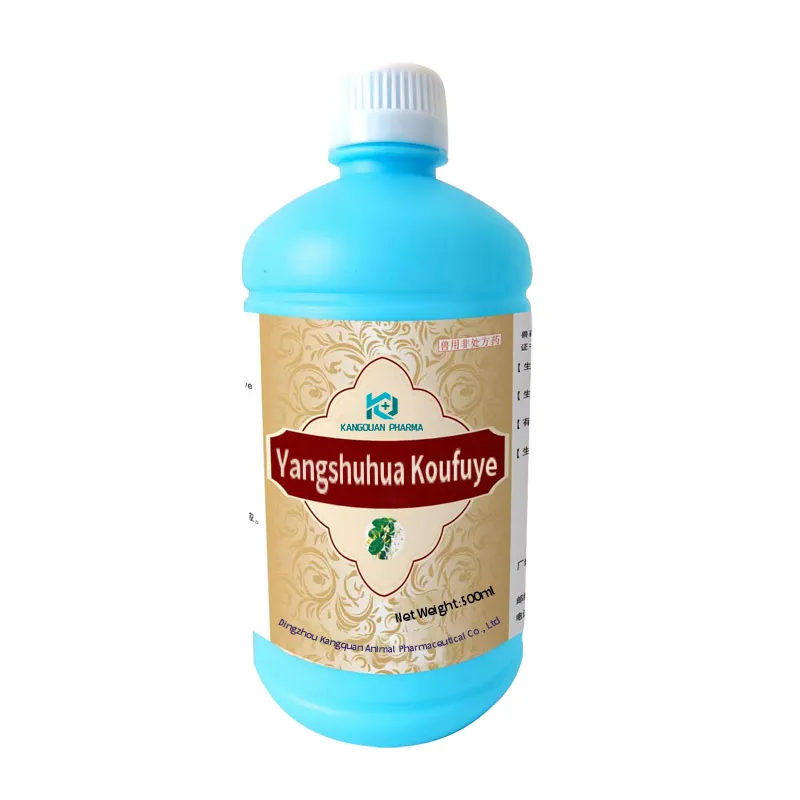- Afrikaans
- Albanian
- Amharic
- Arabic
- Armenian
- Azerbaijani
- Basque
- Belarusian
- Bengali
- Bosnian
- Bulgarian
- Catalan
- Cebuano
- Corsican
- Croatian
- Czech
- Danish
- Dutch
- English
- Esperanto
- Estonian
- Finnish
- French
- Frisian
- Galician
- Georgian
- German
- Greek
- Gujarati
- Haitian Creole
- hausa
- hawaiian
- Hebrew
- Hindi
- Miao
- Hungarian
- Icelandic
- igbo
- Indonesian
- irish
- Italian
- Japanese
- Javanese
- Kannada
- kazakh
- Khmer
- Rwandese
- Korean
- Kurdish
- Kyrgyz
- Lao
- Latin
- Latvian
- Lithuanian
- Luxembourgish
- Macedonian
- Malgashi
- Malay
- Malayalam
- Maltese
- Maori
- Marathi
- Mongolian
- Myanmar
- Nepali
- Norwegian
- Norwegian
- Occitan
- Pashto
- Persian
- Polish
- Portuguese
- Punjabi
- Romanian
- Russian
- Samoan
- Scottish Gaelic
- Serbian
- Sesotho
- Shona
- Sindhi
- Sinhala
- Slovak
- Slovenian
- Somali
- Spanish
- Sundanese
- Swahili
- Swedish
- Tagalog
- Tajik
- Tamil
- Tatar
- Telugu
- Thai
- Turkish
- Turkmen
- Ukrainian
- Urdu
- Uighur
- Uzbek
- Vietnamese
- Welsh
- Bantu
- Yiddish
- Yoruba
- Zulu
Des . 04, 2024 06:29 Back to list
Exploring the Veterinary Applications of Buparvaquone Injection in Animal Health
Buparvaquone Injection Veterinary Uses and Benefits
Buparvaquone is an antiparasitic drug that is primarily used in veterinary medicine, particularly for the treatment of certain parasitic infections in animals. It is classified as a hydroxynaphthoquinone and is known for its efficacy against various protozoan parasites, notably those belonging to the genus *Theileria* and other related pathogens. This article explores the applications, benefits, and considerations surrounding the use of buparvaquone injection in veterinary settings.
Mechanism of Action
Buparvaquone functions by inhibiting the electron transport chain in the mitochondria of the target parasites. This disruption of energy production leads to the death of the parasites, making it an effective treatment option for infections caused by *Theileria* species, which are responsible for diseases like theileriosis in cattle. Theileriosis poses significant threats to livestock health, leading to financial losses in the cattle industry due to decreased productivity and increased mortality rates.
Indications for Use
The primary indication for buparvaquone injection is the treatment of bovine theileriosis, a disease that can cause severe anemia and other systemic issues in infected cattle. The disease is transmitted by ticks, which makes it particularly problematic in regions where these vectors are prevalent. Buparvaquone has been shown to be effective not only in treating existing infections but also in reducing the severity of symptoms associated with the disease.
In addition to *Theileria*, buparvaquone may also be used against other protozoan parasites affecting livestock. Its application extends to various species in the veterinary field, including sheep and goats, where similar protozoal infections may occur. This broad spectrum of efficacy makes buparvaquone a valuable tool in managing parasitic diseases in a variety of animal species.
Dosage and Administration
Buparvaquone injection is typically administered intramuscularly. The dosage depends on the specific type of animal being treated, its body weight, and the severity of the infection. Veterinarians must follow established dosage guidelines to ensure the safety and effectiveness of the treatment. As with any medication, it is crucial to administer buparvaquone under the guidance of a qualified veterinarian to minimize the risk of adverse reactions and to achieve optimal therapeutic outcomes.
buparvaquone injection veterinary uses

Benefits of Buparvaquone
1. Efficacy Buparvaquone has demonstrated a high cure rate in infected animals, significantly reducing the burden of diseases caused by protozoan parasites.
2. Rapid Action One of the notable benefits of using buparvaquone is its rapid action against parasites, which leads to quicker relief from symptoms and supports faster recovery for affected animals.
3. Safety Profile Buparvaquone is generally well-tolerated in animals, with a low incidence of serious side effects. This safety profile enhances its viability as a treatment option, especially when long-term management is required.
4. Cost-Effectiveness By effectively controlling parasitic infections and minimizing losses in livestock production, buparvaquone contributes to overall economic benefits for farmers and the agricultural sector.
Considerations and Future Directions
While buparvaquone has proven to be an effective treatment option, there are several considerations to keep in mind. These include potential resistance development and the importance of integrated control measures that include environmental management and tick control strategies. Furthermore, ongoing research is necessary to explore the full potential of buparvaquone in the treatment of other parasitic infections and to understand its pharmacokinetics better.
In conclusion, buparvaquone injection represents a valuable advancement in veterinary medicine for the treatment of protozoan infections. Its efficacy, safety, and cost-effectiveness make it an indispensable tool for veterinarians managing parasitic diseases in livestock. As research continues, the veterinary community can look forward to improved strategies for combating parasitic infections, ensuring the health and productivity of our valuable animal populations.
-
Guide to Oxytetracycline Injection
NewsMar.27,2025
-
Guide to Colistin Sulphate
NewsMar.27,2025
-
Gentamicin Sulfate: Uses, Price, And Key Information
NewsMar.27,2025
-
Enrofloxacin Injection: Uses, Price, And Supplier Information
NewsMar.27,2025
-
Dexamethasone Sodium Phosphate Injection: Uses, Price, And Key Information
NewsMar.27,2025
-
Albendazole Tablet: Uses, Dosage, Cost, And Key Information
NewsMar.27,2025













